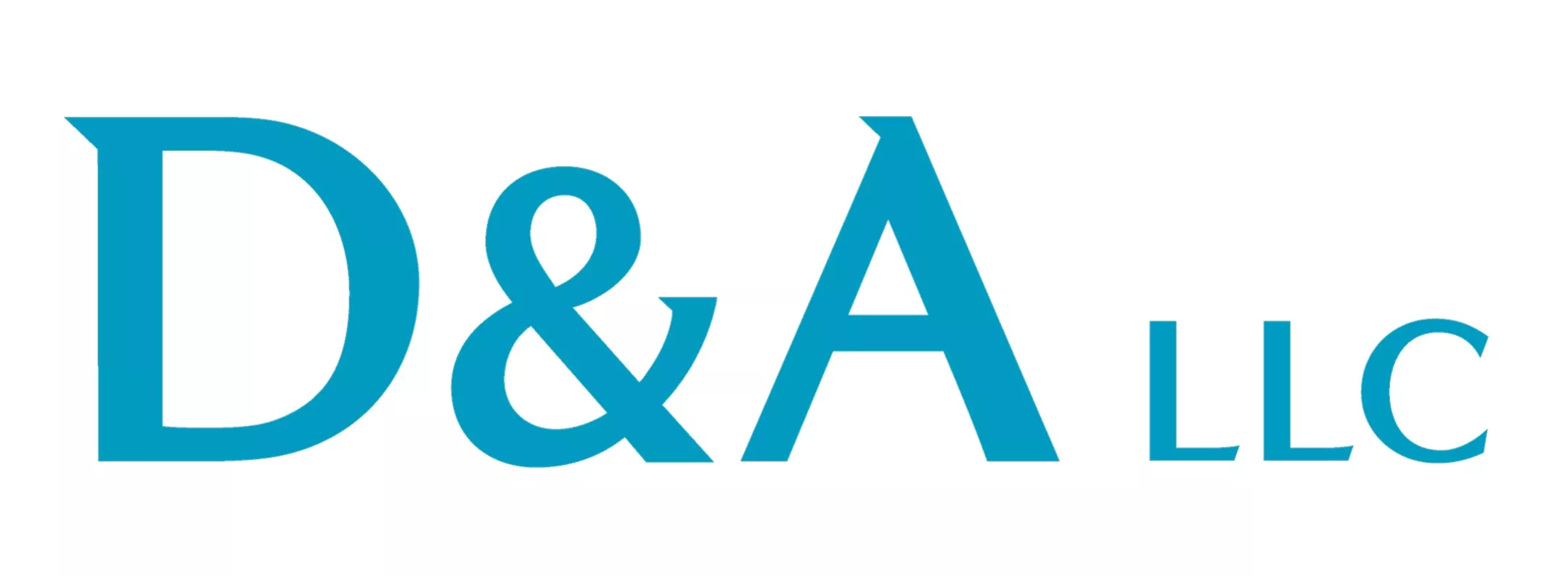- within Technology and Employment and HR topic(s)
- with readers working within the Chemicals industries
One of the many early signs of a dispute among international parties in Korea, regardless of the method of dispute resolution, is shown through preliminary remedies. One such preliminary remedy is a provisional attachment order ("가압류" in Korean). Foreign companies having presence in Korea often find the order surprising because the procedure to obtain and uplift the order is different from the U.K. or U.S. system they are familiar with. In this article, we address the key points that should be noted for those companies who may be faced with such an order.
Provisional Attachment Order under Korean Law
A provisional attachment order is a judicial measure available to anyone who has a monetary claim to freeze certain assets to restrain the debtor from dissipating their assets in order to frustrate a potential judgment on the merits. A provisional attachment order is generally obtained as security for judgments.
When a potential creditor has a monetary claim against a potential debtor in Korea but the debtor refuses or is not able to pay it back, the creditor may file for a provisional attachment order prior to claim on the merits to preserve the assets from being transferred.
To file a provisional attachment order under Korean law, a creditor must prove by vindication (lesser degree of evidence required than "proof") that:
(i) The creditor has a monetary claim against the (alleged) debtor;
(ii) without the provisional attachment order, it would be difficult to enforce a judgment.
If the court finds the proof sufficient, the court would order a provisional attachment on the subject requested. Articles 276, 279(2), Civil Execution Act.
Key Differences to Note: Ex Parte Grant and a Lower Degree of Proof Required
An application for a provisional attachment order follows the rules applied to a regular complaint. The court thus reviews whether the formality requirements are met, and if so, the court reviews the substantive requirements. While the substantive review can be done without a hearing or with a hearing if needed, in practice it is rare that a hearing is held. This means, the court frequently orders a provisional order ex parte and the receiving party only finds out when the order is imposed. Moreover, the degree of proof required is by "vindication" – the lowest degree of evidence required and is a lesser than "proof." This means, the applicant submits sufficient evidence to convince the court to presume the certainty of the evidence. When the court determines that there is insufficient vindication of evidence, the court can order the applicant to submit a security (bond). Thus, these factors allow a provisional order to be granted rather generously.
Procedures for Challenging or Vacating a Provisional Attachment Order
A defendant-debtor faced with a sudden provisional attachment order has a few options to uplift the order:
1. Placement of Bond in Cash in an Amount Equivalent to the Claim at Issue ("해방공탁금 " in Korean)
If the defendant-debtor wants the provisional attachment order to be lifted immediately, he/she must furnish a sufficient security to the court, which amount must be enough to fulfill the creditor's alleged claim. The general rule is that, the security amount should equal to 100% of the alleged claim. The details of placing a bond for an immediate upliftment of the order is as follows:
(i) Submit a bond request with supporting documents to the bond officer;
(ii) Place a bond payment as determined and specified by the provisional attachment order;
(iii) Apply to the designated court for the execution of the provisional attachment order to be cancelled, attaching the aforementioned bond request; and
(iv) Obtain from the court a cancellation order of the provisional attachment order.
Placement of a cash bond can provide an immediate upliftment of the provisional attachment order but it should be noted that the entire sum must be placed in cash and may not be satisfied with other security (Supreme Court Decision 96 Ma 162).
2. Filing for an Order to Compel the Main Claim ("제소명령신청 " in Korean)
A defendant-debtor of a provisional attachment order can counteract to the order by filing for an order to compel the main action, failure of which will allow the defendant-debtor to file for a dismissal (cancellation) of the provisional attachment order. The court will usually grant the order to compel within 2 weeks of filing, thus providing a quick pressure on the plaintiff-creditor to start the main action.
3. Appealing Against the provisional attachment order Decision ("가압류이의신청 " in Korean)
A defendant-debtor can also object to the provisional attachment order, which are generally deliberated upon through a hearing. Such hearings take a short time and generally the submissions as filed would be what the court considers. If the objection fails, then the defendant-debtor may further appeal the decision.
While this process takes short time, the downside is that courts will often decide to wait and see the outcome of the main claim. In other words, often the provisional attachment order keeps its effect until the judgment on merit is finally issued.
Concluding Remarks
From our experience, many foreign companies in Korea find it difficult to grasp the provisional attachment order procedure as they are unfamiliar with the relatively low degree of proof required or the ex parte grant of the order. The provisional attachment order system is a double-edged sword; it can be a difficult situation if you are the receiving party of the order but does not have the resources to resort to the immediate upliftment of the order. Alternatively, however, it can be a great tool to push the other side for negotiation. A provisional attachment order is a litigation tool worth knowing if you are doing business in Korea.
The content of this article is intended to provide a general guide to the subject matter. Specialist advice should be sought about your specific circumstances.


